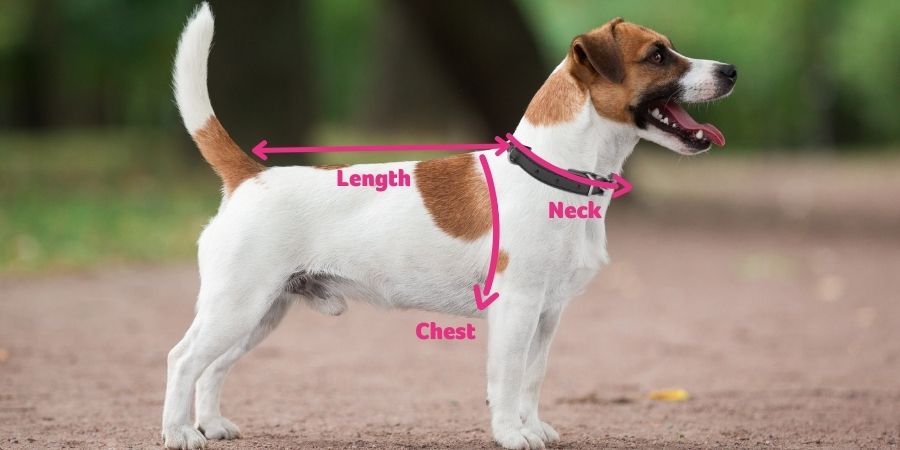For those dogs that will benefit from wearing a coat during walks, it’s important to remember that clothing for pets should be used to keep them warm and dry, not just to look fashionable. Wearing clothes isn’t natural for dogs, but if their breeding, health, age or coat condition doesn’t cope well with the climate, wearing a dog coat can help them adapt.
Which dogs need winter coats?
Dogs with fine or thin fur (e.g. Greyhounds and Whippets) and dogs that are very young, underweight, old or unwell need a warm dog coat when they go out, as they feel the cold much faster than other dogs. They should go out in the cold for shorter periods too.
Most dogs won’t need to wear a coat indoors as they can quickly overheat in modern, centrally heated homes. However, some dogs will appreciate a breathable layer if their home is chilly, but check them to make sure they’re not too warm.
A fit and healthy dog with thick fur should be fine outside without a coat, as long as they’re active, playing or exercising. But it’s a good idea not to let them out for too long in case they start to feel cold, and no pet should ever be left outside without access to shelter and warmth.
Some dogs, such as Huskies and Malamutes, are well suited to colder weather, so you may find they’re happier to be in the cold for their usual walk. However, smaller dog breeds, like Chihuahuas and small Terriers, can feel the cold quickly, so they will benefit from the extra warmth of a coat in winter.
No matter what sort of dog you have, always keep an eye on them while out and about and take them home if they aren’t coping. If you notice your dog is shivering or slowing down, bring them home and into the warmth straight away, as this is a sign that they are getting cold.
How to measure your dog for a coat
If your dog does need a coat, remember to get one specifically made for dogs that will fit them properly. Our pets can get just as uncomfortable as us if they wear clothes that don’t fit right. Here’s how to measure your four-legged friend for a coat:
Length – measure your dog from their neck (collar) to the base of the tail
Chest (torso) – measure the width of your dog’s chest just behind their front legs
Neck – measure the area around the neck where the collar normally sits

Top tip: Keep your dog’s measurements in both centimetres and inches. Dog coats can be in either.
Your dog should be able to move freely in their coat and do everything they usually do without the coat on (running, jumping, and, of course, pooping and weeing, to name a few!). If they bite or scratch at the coat or rub themselves on the floor or furniture, that’s a sign it doesn’t fit right and is irritating them. Longer dogs, such as Greyhounds, Lurchers and Whippets, need coats specifically designed for their dimensions, as others are likely not to fit correctly.
Types of dog coats
There are different types of dog coats, so it can be hard to know what’s suitable for your four-legged friend.
- A multipurpose dog coat is waterproof, windproof and has a layer of fleece or padding to keep your dog warm.
- A raincoat is a simple waterproof layer that protects your dog from wet weather, often with a breathable lining.
- A high visibility coat is ideal during dark winter mornings, evenings and foggy weather to ensure your dog is visible while out on walks.
- A tweed coat is breathable, cosy and perfect for cold, dry days to keep your dog warm.
If you’d like to know more, read our advice on how to care for your pet in winter.
